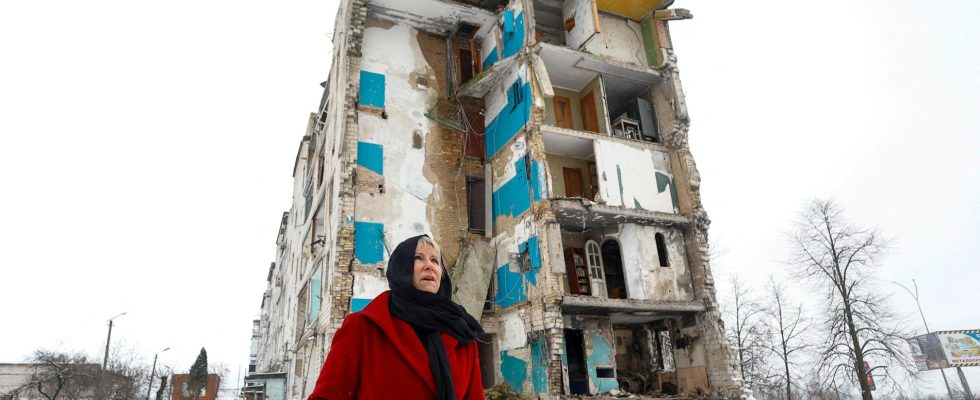unsaveSave
expand-left
full screen
chevron-rightnext
Margot Wallström visiting Borodjanka, near the Ukrainian capital Kiev. “The environment has often been called the silent victim of war. With what is happening in Ukraine, we must give a voice to the environmental damage,” says Wallström, former foreign minister. Picture from Saturday.
1 / 2Photo: Valentyn Ogirenko/Reuters/TT
In the middle of a raging war, President Volodymyr Zelenskyy plans for the reconstruction of Ukraine. An important part is the environment.
– It affects Ukrainians’ lives, health and future prospects, says Margot Wallström, who met Zelenskyj on Friday.
Sweden’s former foreign minister was in Kiev to present a program for measures against the environmental destruction caused by Russia’s war in the country. Wallström was tasked this summer by President Volodymyr Zelenskyj to lead an international group on the issue together with his chief of staff Andrij Jermak.
The mission was to assess the environmental damage, look at liability claims and think about how the reconstruction can be made greener and more sustainable. Last Friday, Margot Wallström and her colleagues handed over a report with 50 recommendations to Zelenskyj.
The recommendations are addressed both to Ukraine and to the international community.
“Unique leader”
– Zelenskyy is a unique leader in the world who, in the middle of a war, presents a ten-point plan for peace, and one of them is the environment. He has understood that the Ukrainians are completely dependent on what they can grow and what nature can provide. That’s why you can’t neglect this in the middle of the war – you have to repair where you can, prevent it from being further destroyed and make sure that Russia pays, she says.
Landmines scattered across Ukraine are one of the most urgent points to address. New methods may be needed here, according to Wallström.
– The environmental aspect of demining has not been prominent so far, but for the Ukrainians it is incredibly important. For them, the fastest method, scraping off the outermost layer of soil, can be the worst because they depend on their fertile soil.
“Enormous environmental crime”
Poisons and oil spills released into nature during military attacks, and not least the destroyed Kakhovka dam, are other big issues. When the dam burst, enormous amounts of water were released, and chemicals and toxins from industries were spread.
– If it was a deliberate Russian destruction of the Kakhovka dam, it is a huge environmental crime and the Ukrainians want to see justice done. Evidence collection is incredibly important, says Wallström.
The group has also discussed the Russian-occupied Zaporizhzhya nuclear power plant, based on a worst-case scenario.
– We made a field trip to Chernobyl and looked at various places along the way, to see what the extreme threats from environmental destruction might look like and what consequences they might have.
